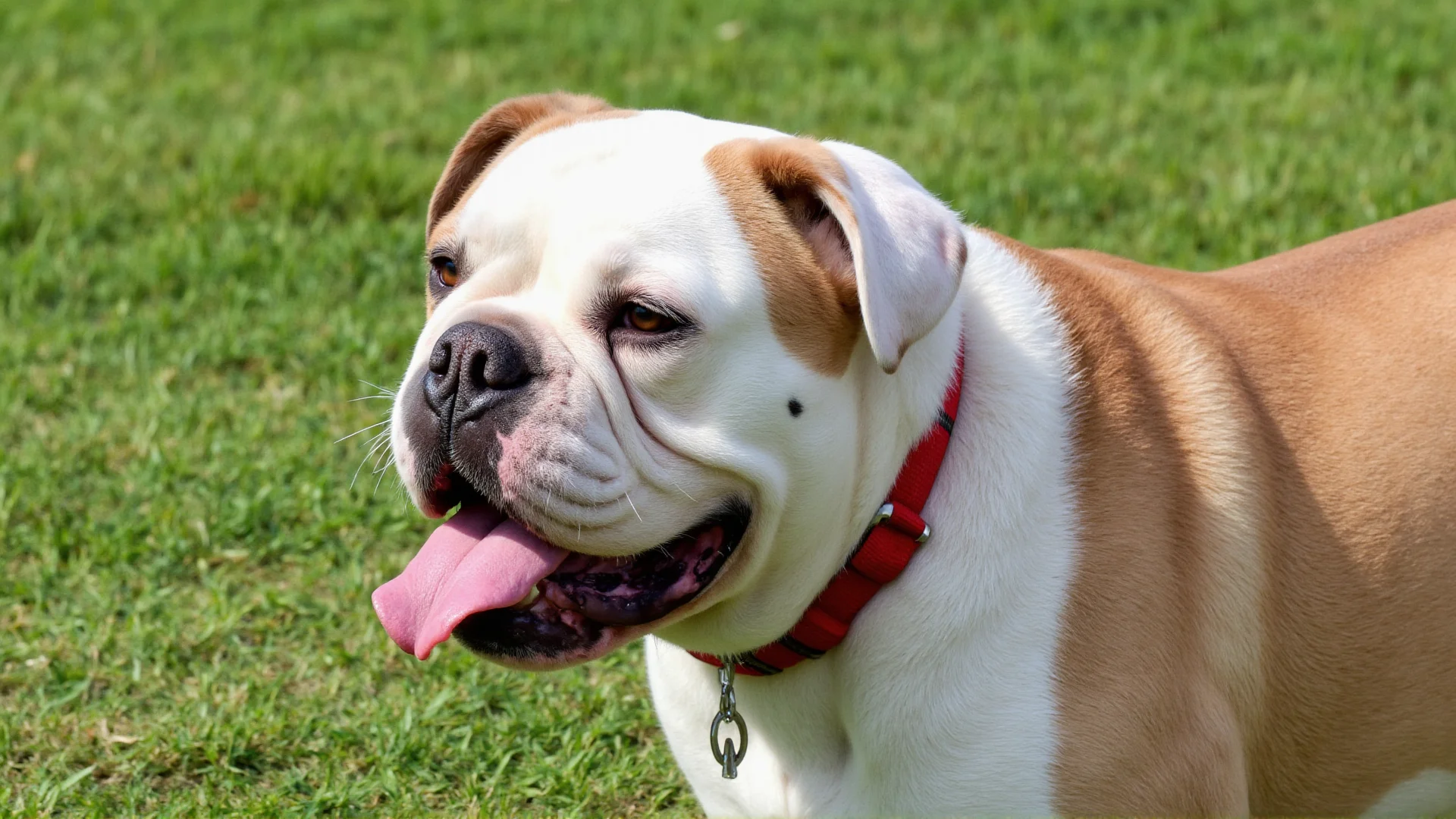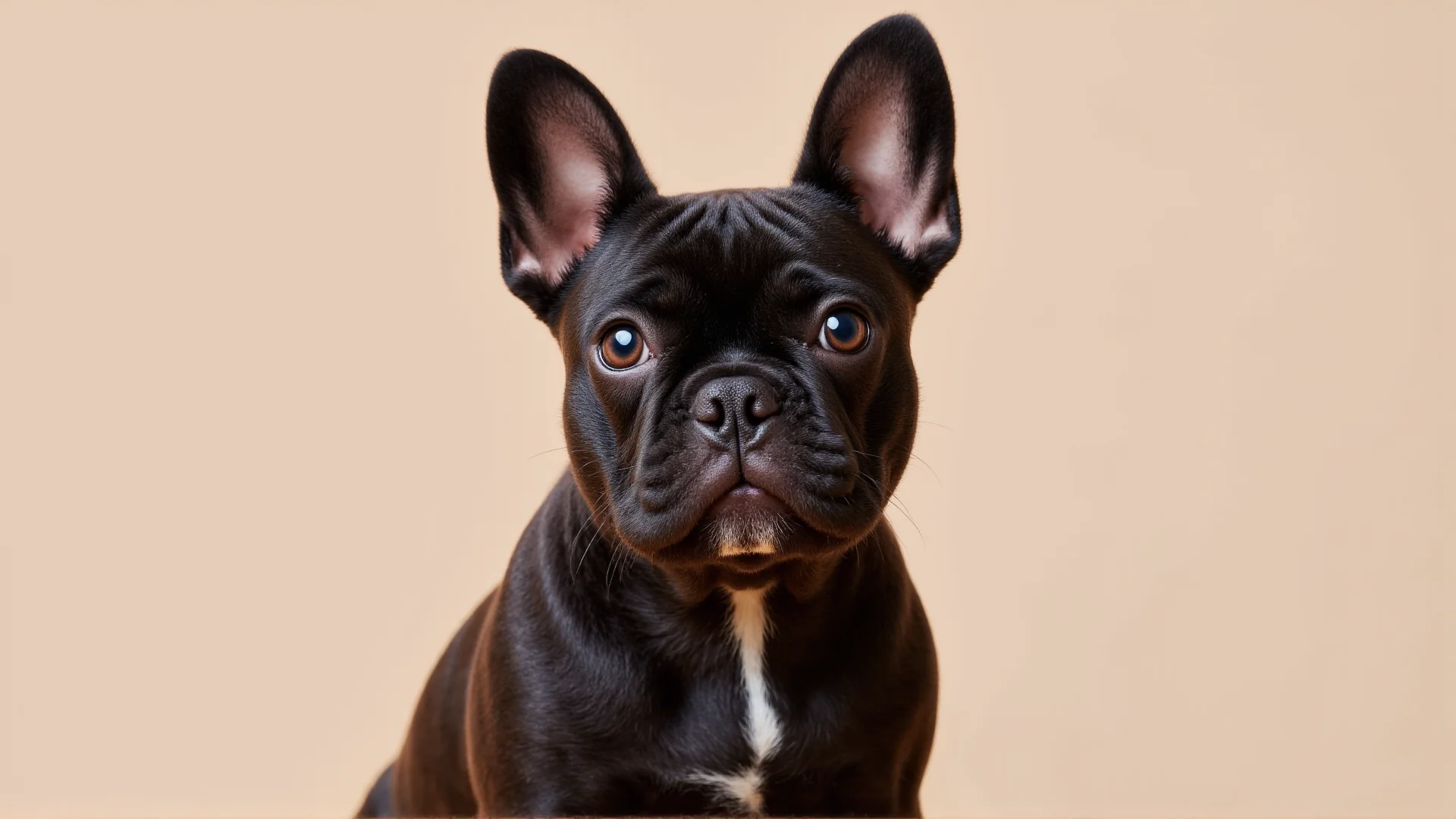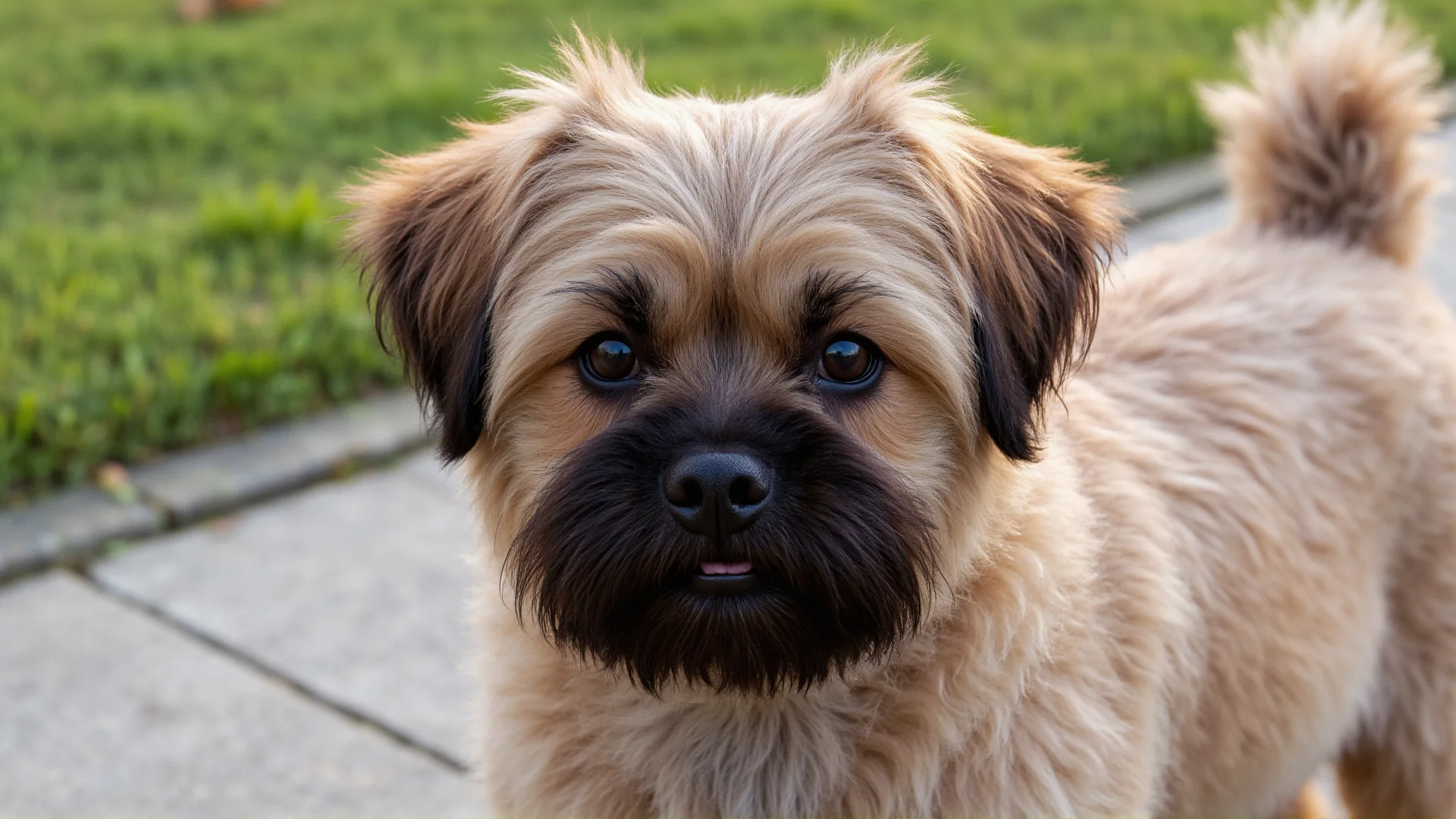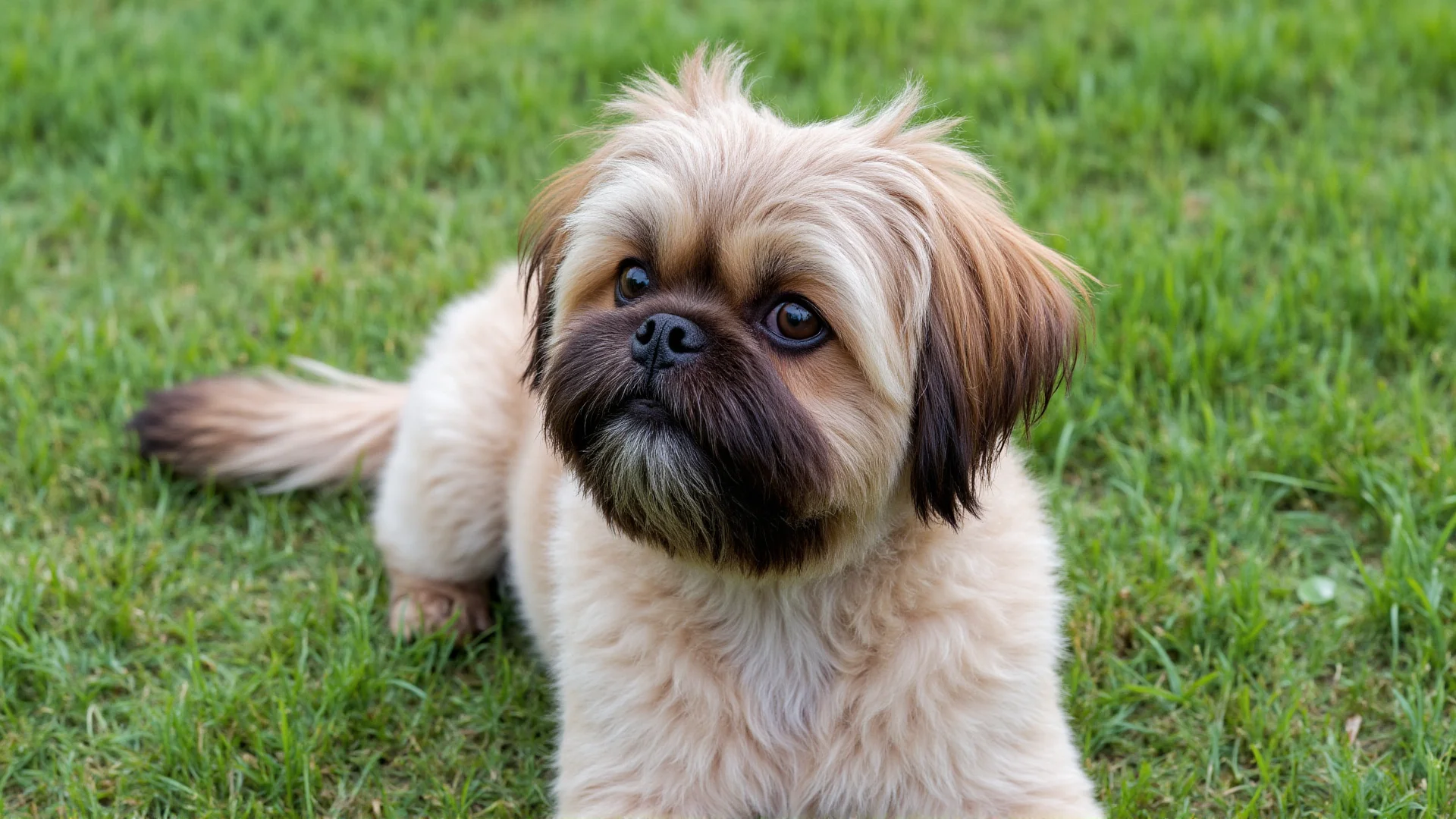The Bulldog: From Medieval Bull-Baiting to British National Symbol
Few dog breeds carry as much cultural weight and historical significance as the English Bulldog. This distinctive breed, with its wrinkled face, stocky build, and unmistakable underbite, has journeyed through centuries of transformation—from fierce medieval warrior to beloved family companion and enduring symbol of British determination.
Origins in Medieval England
The Bulldog's story begins in 13th century England, where these powerful dogs were originally bred for the brutal sport of bull-baiting. This medieval spectacle involved dogs attacking tethered bulls for public entertainment, and bulldogs were specifically developed for their tenacious grip and muscular build.
The original bulldogs were significantly different from today's gentle companions. They were taller, more athletic, and possessed an almost legendary courage and determination. Their distinctive flat face and powerful jaw were not accidents of breeding—they were carefully cultivated traits that allowed the dogs to breathe while maintaining their grip on a bull's nose.
The Bull-Baiting Era
Bull-baiting wasn't merely entertainment; it was believed to tenderize meat before slaughter, making it a common practice before market days. The sport required dogs with specific characteristics: incredible bravery, a low center of gravity to avoid being tossed, and jaws that could lock onto their target. Bulldogs embodied all these traits, earning them a fearsome reputation across England.
Transformation After 1835
When the Cruelty to Animals Act of 1835 banned bull-baiting in England, the Bulldog faced potential extinction. Without their original purpose, these fighting dogs needed a new role in society. Dedicated breeders, recognizing the breed's unique character, began the remarkable transformation of the aggressive bull-baiter into the gentle, family-friendly companion we know today.
This transformation wasn't merely behavioral—it was physical too. Breeders selectively emphasized the Bulldog's more docile traits while maintaining their distinctive appearance. The dogs became shorter, stockier, and considerably more peaceful in temperament. This breeding revolution took several decades but ultimately saved the breed from disappearing into history.
Rise to Cultural Icon Status
British National Symbol
The Bulldog's association with British national identity solidified during the 18th and 19th centuries. The breed's perceived characteristics—determination, courage, and an indomitable spirit—became metaphors for British national character. Political cartoonists frequently depicted Britain as a bulldog, especially during times of conflict or international tension.
This symbolism reached its peak during World War II, when Prime Minister Winston Churchill was often compared to a bulldog for his tenacious leadership. The comparison was so apt that many people today still associate Churchill's determined wartime spirit with the breed's unwavering character.
Academic Mascots and Institutional Identity
The Bulldog's symbolic power extended to educational institutions worldwide. Universities and schools adopted bulldog mascots to represent strength, determination, and loyalty. Yale University's "Handsome Dan," first introduced in 1889, became one of the most famous collegiate mascots in American history. This tradition spread to numerous other institutions, cementing the Bulldog's role in academic culture.
Global Cultural Impact
American Adoption
In America, the Bulldog found new cultural meaning. The breed became associated with military strength and patriotism, particularly within the United States Marine Corps, which adopted the bulldog as an unofficial mascot. The famous Marine Corps mascot lineage, including bulldogs named Chesty, honors the breed's perceived courage and fighting spirit.
Popular Culture and Media
Throughout the 20th and 21st centuries, Bulldogs have maintained a prominent presence in popular culture. From cartoon characters like Spike in "Tom and Jerry" to countless film and television appearances, the breed's distinctive appearance and gentle nature have made them natural stars. Their photogenic qualities and expressive faces have made them social media favorites in the digital age.
Modern Cultural Significance
Symbol of Resilience
Today's Bulldog represents something profoundly different from its ancestors. Rather than aggression and fighting spirit, the modern Bulldog symbolizes resilience in the face of adversity, gentle strength, and unwavering loyalty. These qualities resonate with contemporary values while maintaining connection to the breed's historical reputation for determination.
Fashion and Lifestyle Icon
The Bulldog has also become a fashion and lifestyle icon. Their distinctive silhouette appears on everything from luxury fashion items to home décor. This commercial appeal reflects the breed's evolution from working dog to cultural symbol to lifestyle accessory, demonstrating the complex relationship between animals and human society.
Challenges and Controversies
The Bulldog's cultural journey hasn't been without controversy. Modern breeding practices aimed at exaggerating the breed's distinctive features have led to health concerns, including breathing difficulties, joint problems, and shortened lifespans. This has sparked important conversations about the responsibility of preserving breed characteristics while ensuring animal welfare.
Some countries and kennel clubs are now promoting "healthier" Bulldog breeding practices, attempting to reduce extreme features while maintaining the breed's essential character. This represents another transformation in the Bulldog's long history—one focused on balancing cultural expectations with animal welfare.
The Enduring Legacy
The English Bulldog's journey from medieval fighting dog to global cultural icon represents one of the most remarkable transformations in canine history. This evolution reflects broader changes in human society—from entertainment that celebrated violence to values that prize gentleness and companionship.
Today's Bulldogs embody a unique paradox: they maintain the symbolic strength and determination of their ancestors while serving as gentle family companions. This duality has ensured their continued relevance in cultures worldwide, making them not just dogs, but living symbols of resilience, loyalty, and the possibility of positive transformation.
As we move forward, the Bulldog's story continues to evolve. Whether serving as therapy dogs, social media stars, or simply beloved family pets, these remarkable animals carry centuries of history in their distinctive, wrinkled faces. Their cultural impact extends far beyond the dog world, influencing everything from national identity to popular culture, proving that sometimes the most powerful symbols come in the most unexpected packages.




